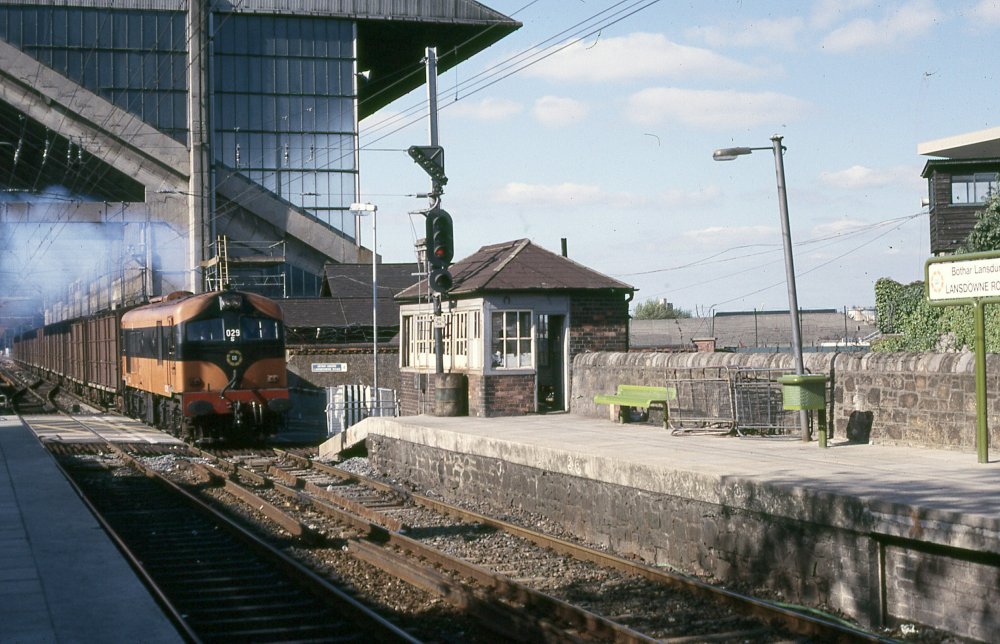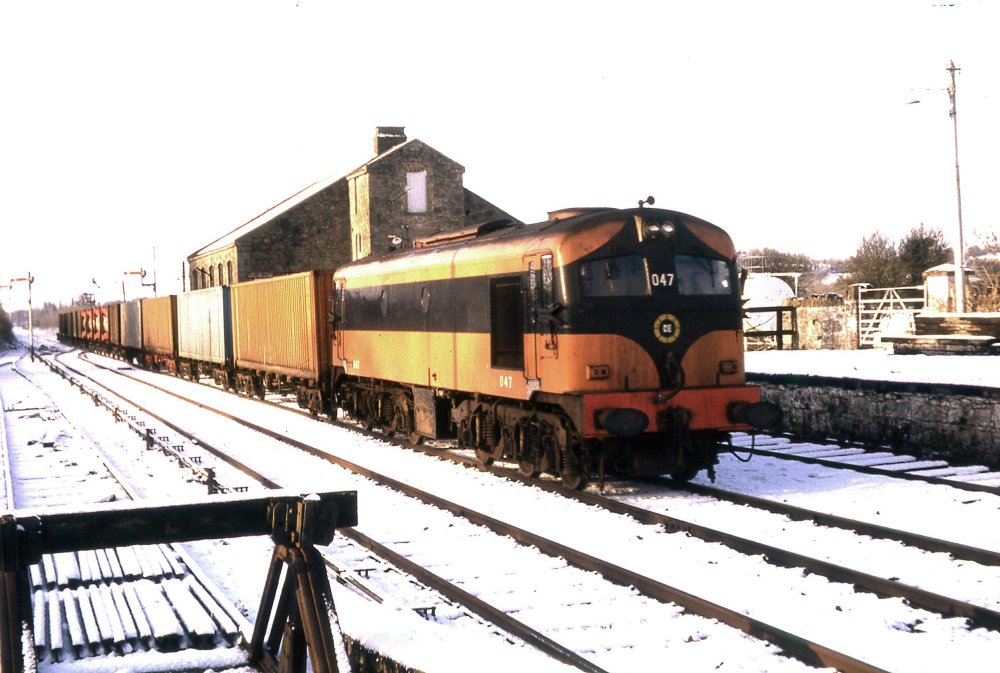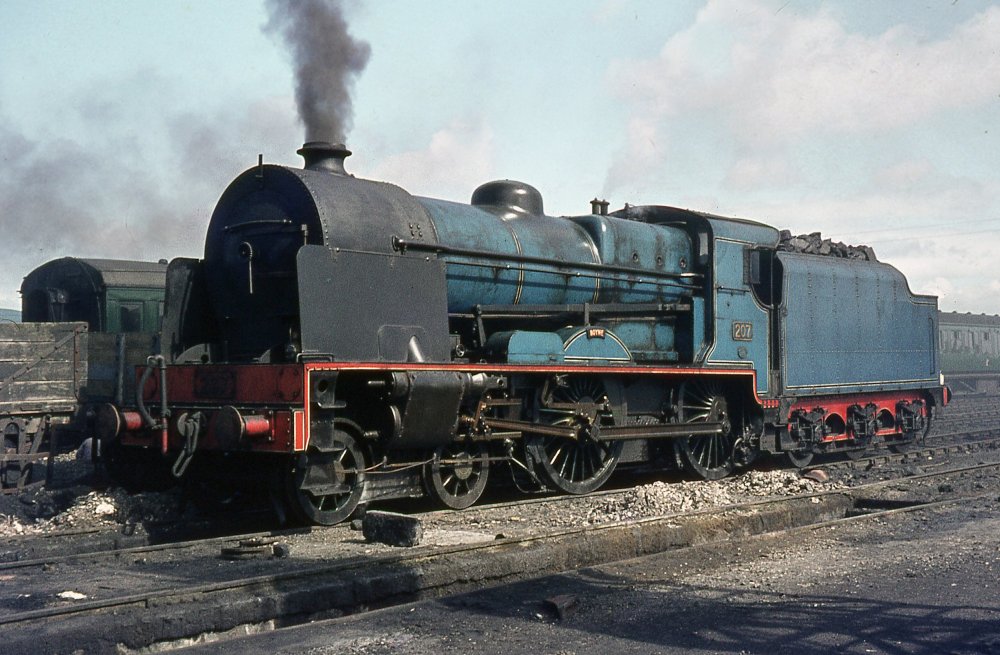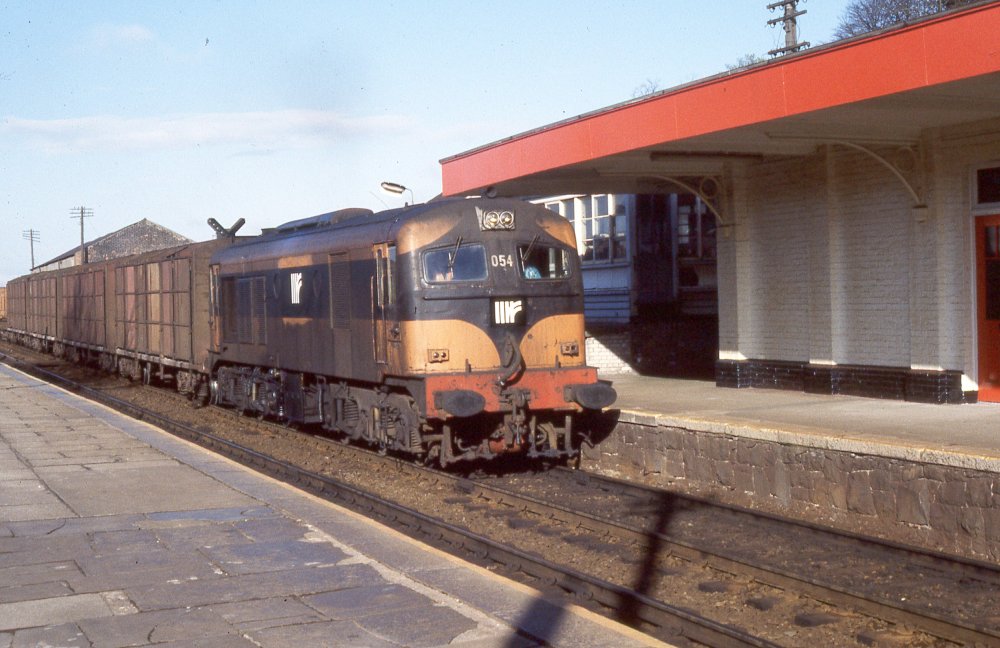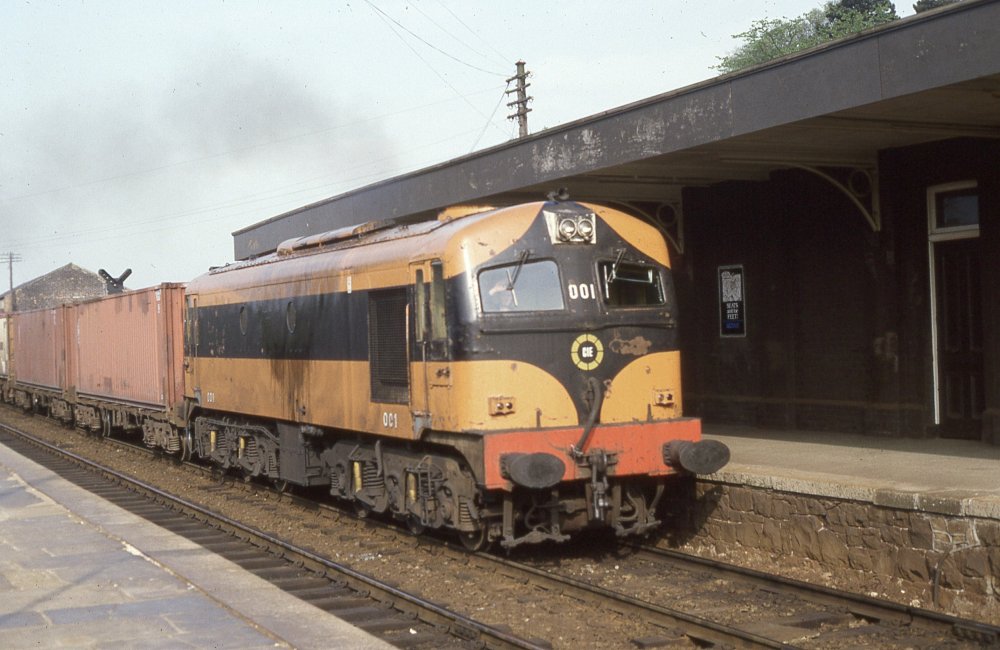-
Posts
15,863 -
Joined
-
Last visited
-
Days Won
393
Content Type
Profiles
Forums
Events
Gallery
Everything posted by jhb171achill
-
Nothing more on that line, Ken, and indeed not all that many off the DSER. As he travelled back and forth to school on the Harcourt Street Line, hung about H St. at weekends trainspotting with his friend, and saw things Inchicore-based as more "exotic" - and was not at all a prolific photographer - he saw the DSER as more "routine" and took very few pics anywhere on it! I will have a look now and see what I have, though.
-
Great news - that's a fourth author working away that I'm aware of. Hopefully many more!
-
W O W ! ! ! Amazing work!
-
-
Well, it's Hornby that I blame for the obsession with having wagons of all eras, in all liveries, with a black chassis, or ironwork picked out in black! Sure they also did model steam locos in yellow..........! Not sure - they would swop them about. Not sure - they would swop them about.
-
I'm aware of three authors at least who are actively working right now on Irish railway titles, and another who is considering a particular project!
-
. And for comparison, at Dundalk in the 1970s: What IS it about preserved steam engines on plinths, ALL around the WORLD, that have people running to paint connecting rods WHITE!!!! Yes, and I was there myself, though I generally took print film, not slides. I didn't get one decent shot, though I was also preoccupied trying to supervise Junior who was only about 7............. No sooner would you reach for your camera than the rain came on again. Drove to Adelaide and back with headlights on, it was that dark! Note the catcher on the cabside; NCC land, some time between 1947 and early 50s.
-
The day that all the exhibits from Belfast Transport Museum were moved to Cultra was an exceptionally dark, dull day with frequent rain showers. Photographic conditions were truly awful. Senior managed to get one decent shot of the GNR tank loco - a handsome little beast if ever there was one. It shows the GNR loco livery up perfectly, and far better than is possible now.
-
Ernie - PM sent.
-
Superb info, Ernie - I'll ping you privately about some of his other stuff. There's a lot of Swiss / Austrian in the 1930s too. Now, what does anyone make of this. Also from a different part of the "Catacombs", amongst boxes and boxes of old traffic circulars, this one from 1925 has some interesting annotations - the circular originated in the Inchicore Drawing Office, not any area where timetables would be created or amended! I don't recognise the writing; it is not that of jhbSeniorx2.
-
I might add, he was watching her with his dad - who reckoned she was doing over 80 mph at that spot, which I believe was somewhere near Hazelhatch. 100% rural then.
-
That makes sense. He was in Scotland a couple of times. He went off chasing Black 5s, as he remembered them being built when he worked 2 years in England. Among names I recall him mentioning as having been to, were Alloa, Brechin, Oban, Mallaig & Kyle.
-
Senior captured this in 1940. Not a great photo in all reality, but it has picked up well what the photographer described: "....she was absolutely FLYING along..." One of the four 3rd class Pullmans behind the loco, in GSR brown and cream (as opposed to actual (British) "Pullman" brown and cream livery, in which guise they did not run here).
- 37 replies
-
- 17
-

-
One more for tonight. Grey bubbles and another railcar set with three liveries. The goods train is near Meigh and the railcar set (ex-GNR) is at (I think) Macmine Junction. Tin van in tow for parcel traffic, as was often the case then. Dates, again, are not precise; I think the goods is c.1967 and the railcar is c.1962. (Both H C A Beaumont)
-
-
A few more at complete random from jhbSenior's stuff. First, a few in Brexitstan. He has quite a lot of BR material as a result of his annual attendance at the Annual General Meeting of the Permanent Way Institution, of which he was a member from 1939 until he passed away in 2014, by which time he was by far the oldest Irish member. Ennnnyway; here we go. I have absolutely no idea where any of these are, sorry! But they are all early to mid 1960s, obviously. I think the latest couple are 1967. . ........and back to familiar lands where things run on a proper gauge. Three liveries in this one.
-
. This one is undated, taken by Senior. I think it is winter 80/81 but I'm not sure. . This, of course, is what would have interested Senior a great deal more! (Plus me, if truth be told....). His pic, Adelaide 1962. . But back to the diseasels. Senior wasn't down this way too often, so it should be easier to date this, probably late 80s he had a holiday in this neck'o'the woods..
-
I didn't know you lads were fluent in Nagorna-Kajasthanian!
-
New phots of IR from the 1990
jhb171achill replied to Robert Shrives's topic in Photos & Videos of the Prototype
Superb pics. Am I the only one who, after seeing so many excellent colour shots, just scrolled past the black & white ones? Atmospheric as some of these could be, I just could never understand the preference some have for B&W over colour. We don't see in B&W. Always thought the bright blue station colour scheme in the 1990s looked utterly ghastly - so garish. Clashed badly with the orange and black trains. Grouch-like as all of the above sounds, brilliant photos with good colour rendition too, and well composed and sharp. Hopefully Pauline has some more! -
Many thanks - enjoy! Much appreciated - I will pass on to Barry. As normal, while I do the scribbling, the photos are almost 100% his. We will only use one from a different source if there is some issue we want to illustrate and Barry either doesn't have an image which shows it (VERY rare!), or the issue is a view before his time photographing (e.g. Cashel and the Thurles - Clonmel branch). We're working away on our next, and possibly final "picture" project. He's in the middle of several other projects, as well as being involved ion the IRRS Journal production and I am in the middle of two entirely separate projects, one being a history (similar to the last Clifden book) plus another thing....! So the almost inevitable coming lockdown will see us both kept busy. Both Barry and myself have kept modeller's interests and needs very much in mind when selecting photos. We will continue to do this.
-
I have thought of getting everything I own converted to kadees. Many don't have the "pockets", though. That's some 20 locos and maybe 50 items of rolling stock (so far). Some RTR, some kits made up. Some old, some modern. What would be your advice on a project like that? I know the end result, if well done, would be a good one - but is it too much hassle?
.png.c363cdf5c3fb7955cd92a55eb6dbbae0.png)


.thumb.jpg.e6e5cc552993b00a3eccb6b144904883.jpg)

.thumb.jpg.a0ad649eb0e327be18fb25541259a710.jpg)
.thumb.jpg.67c582688b53ee47d32c3a8f7a8d6051.jpg)

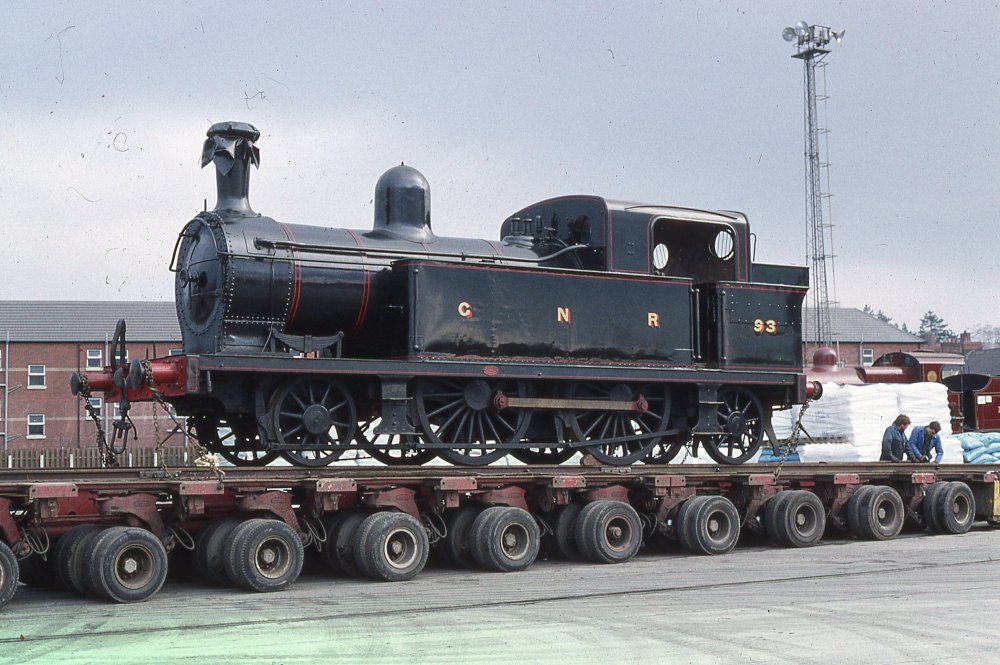

.thumb.jpg.04420111f6c4c7222cfa282e4ba5c9b1.jpg)
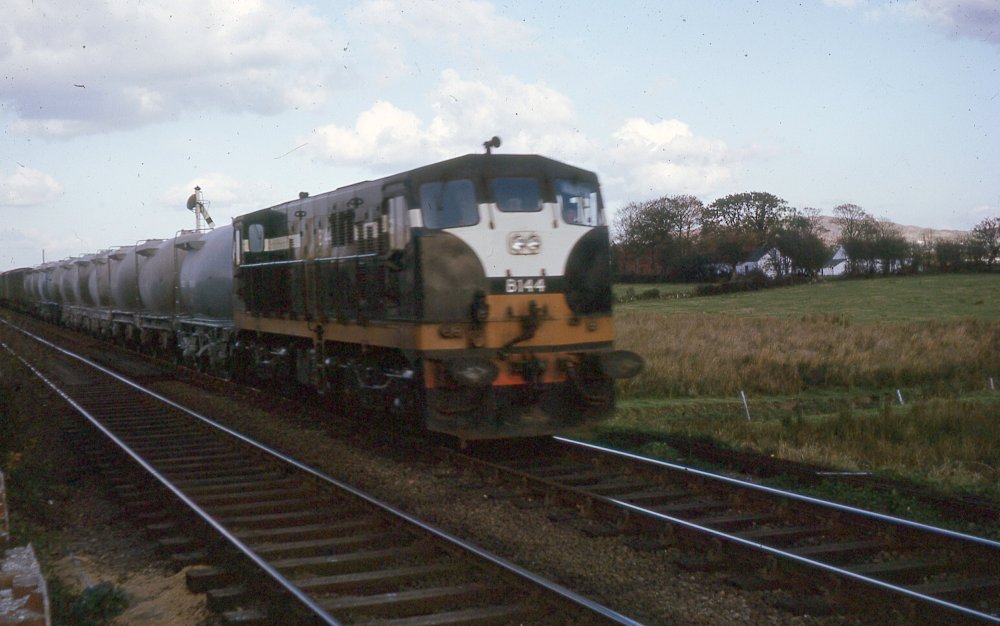
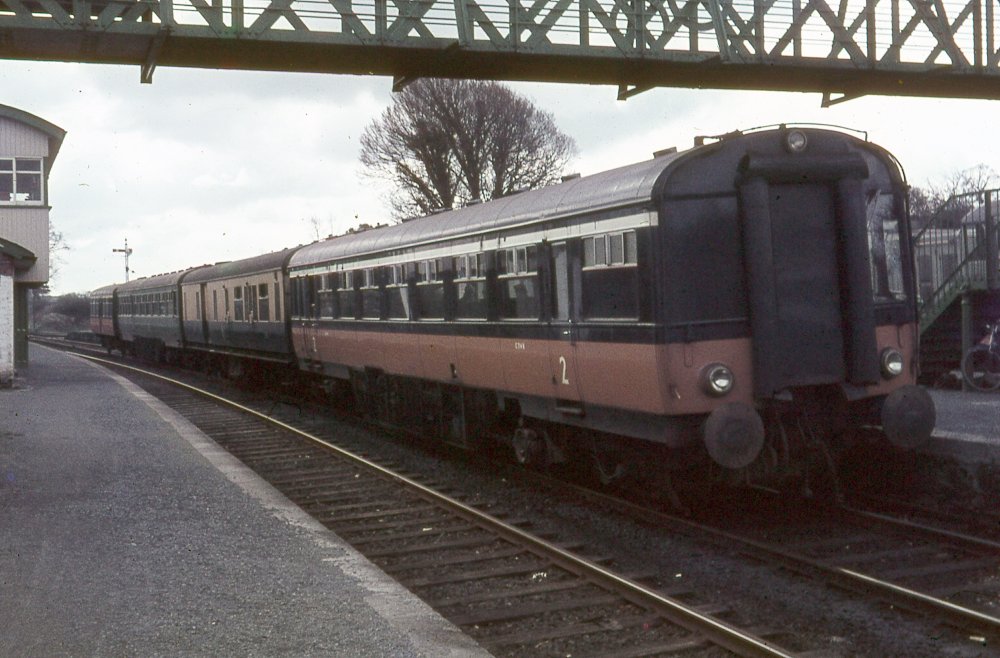
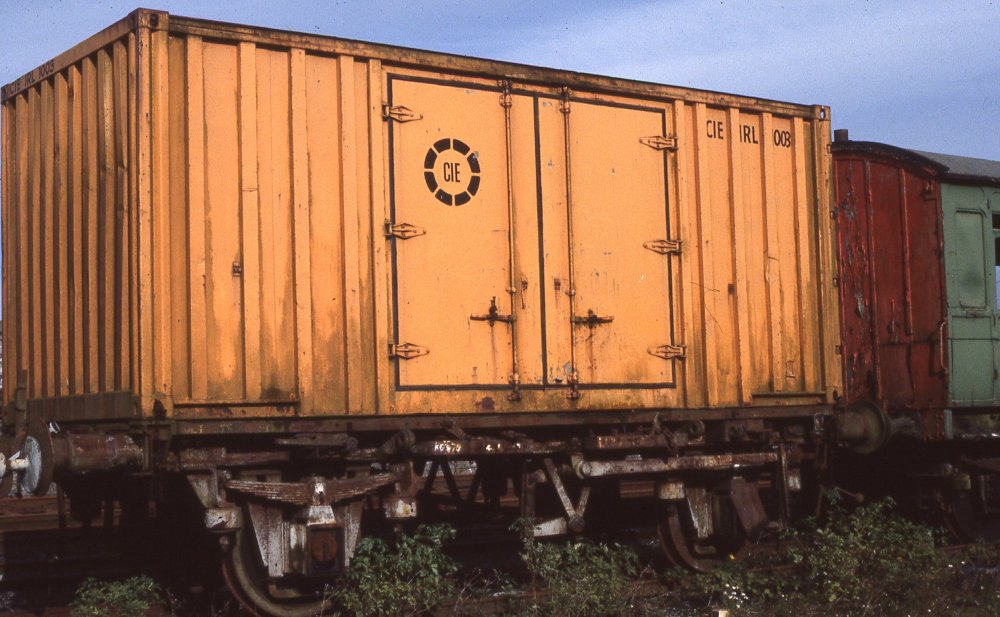
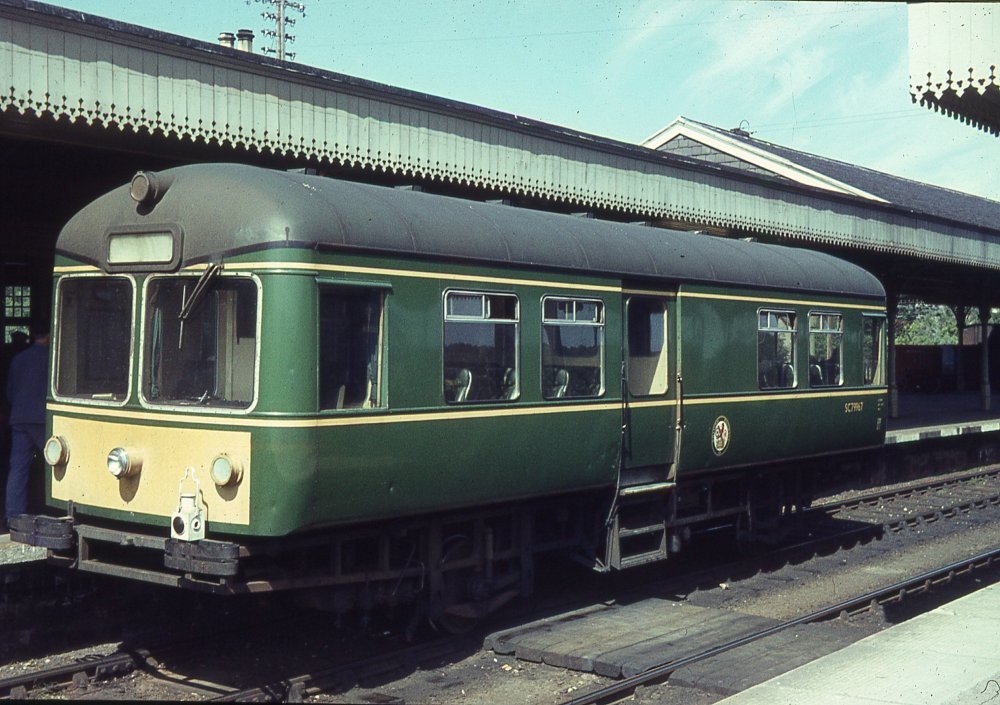
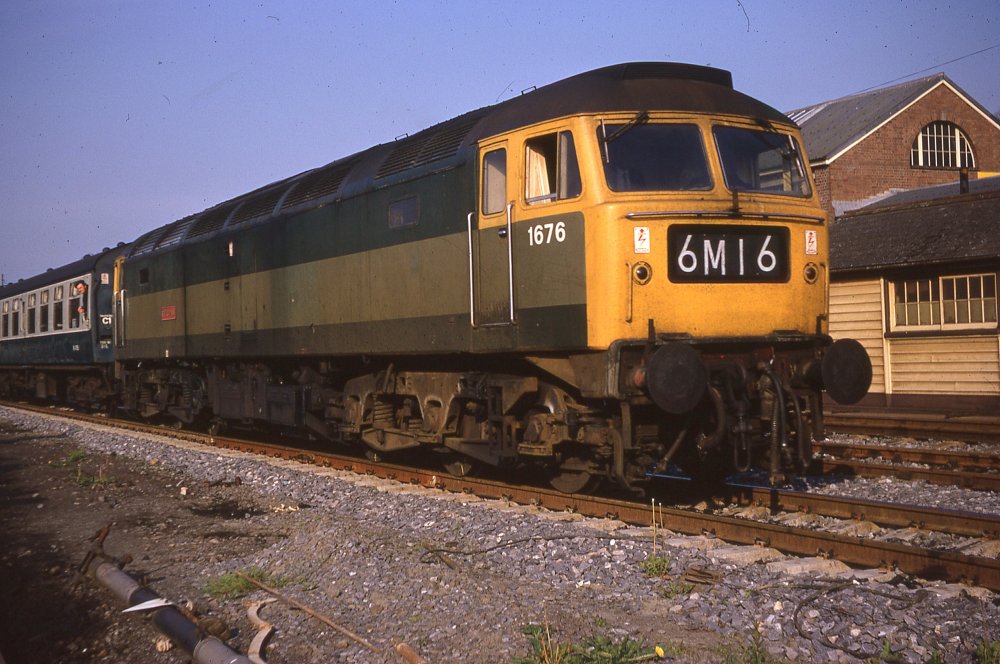
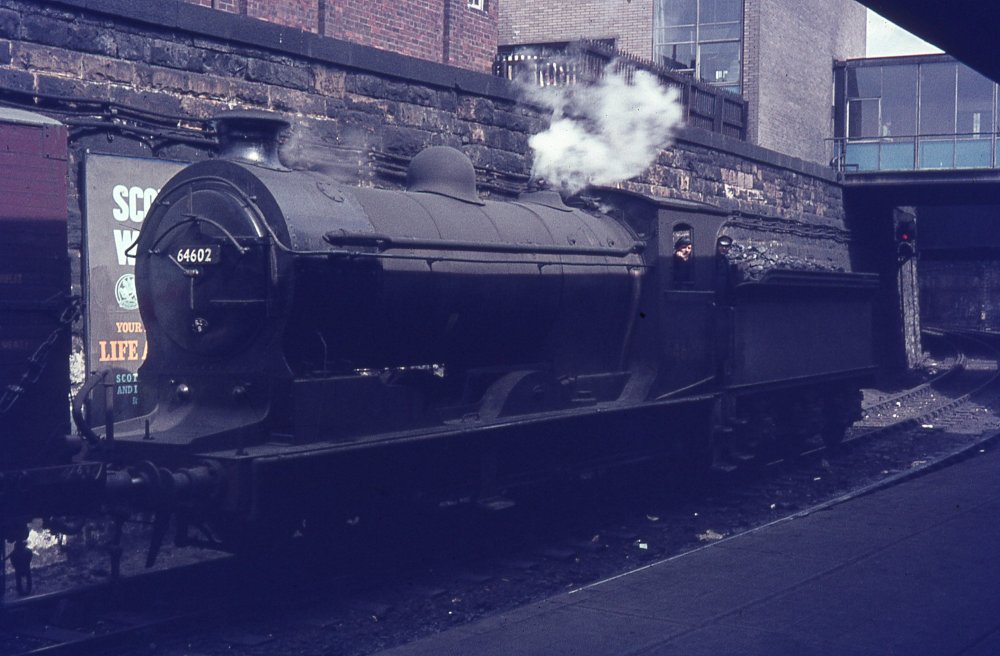
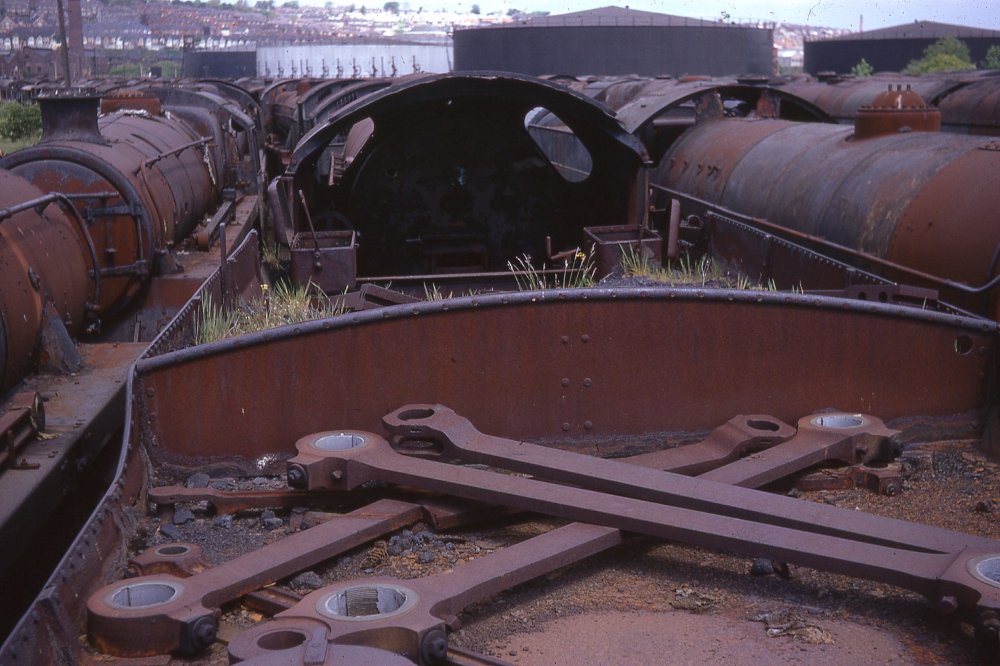
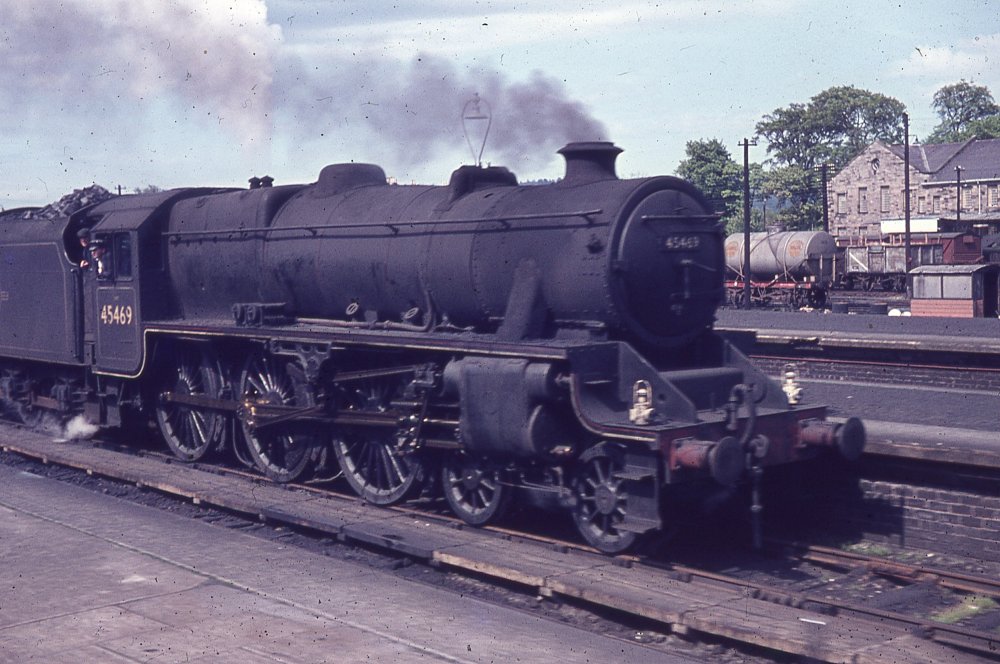
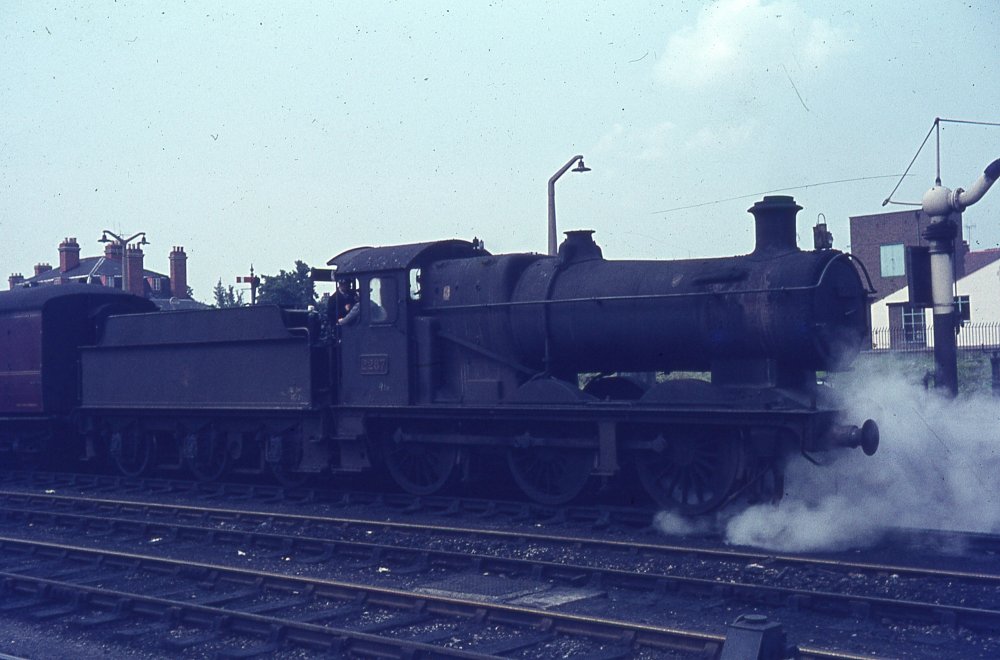
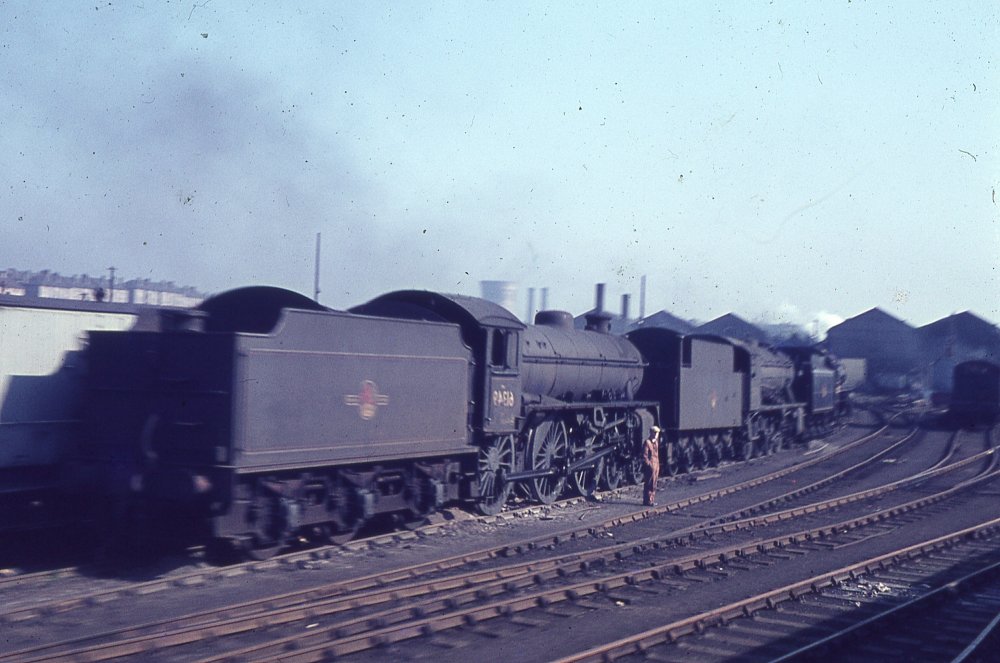
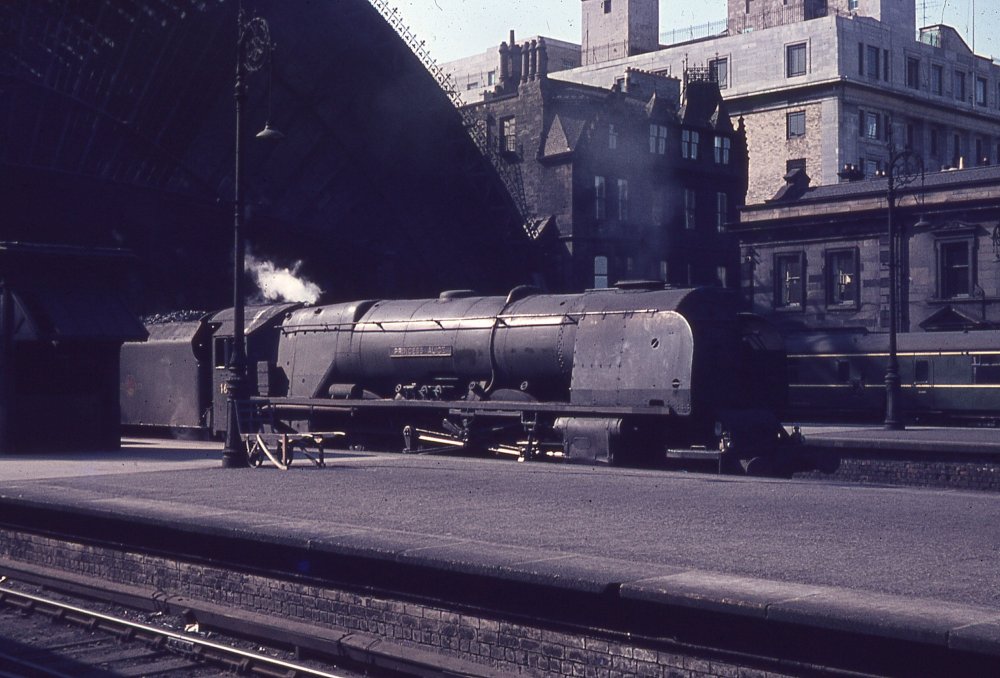
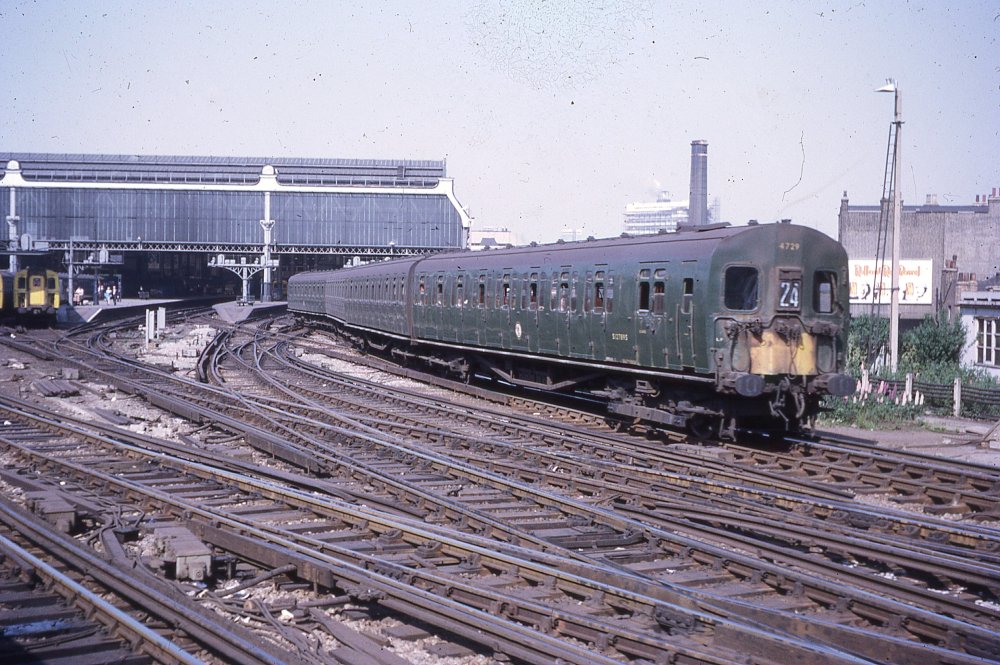
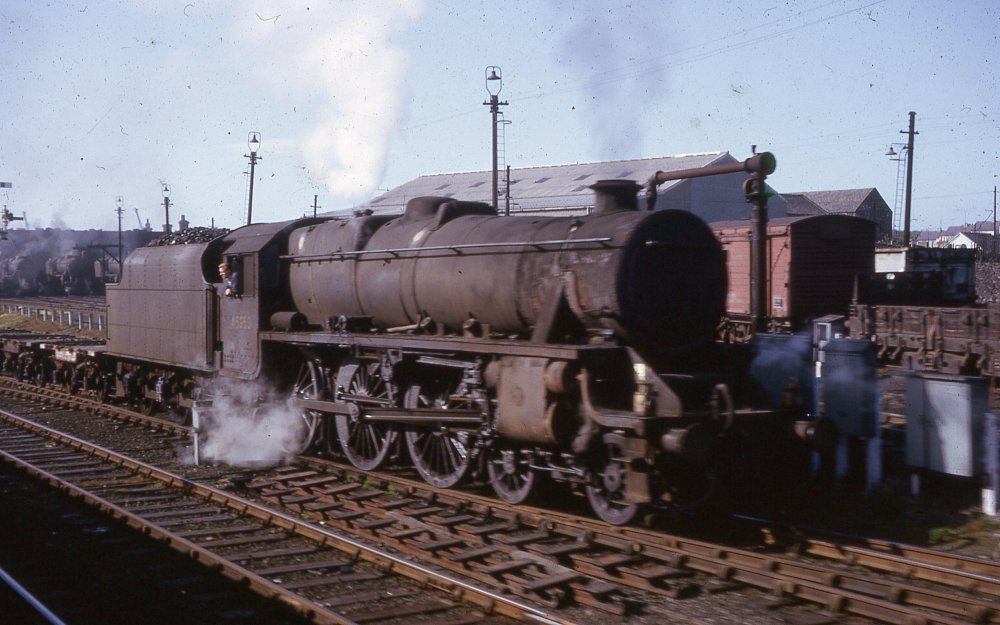

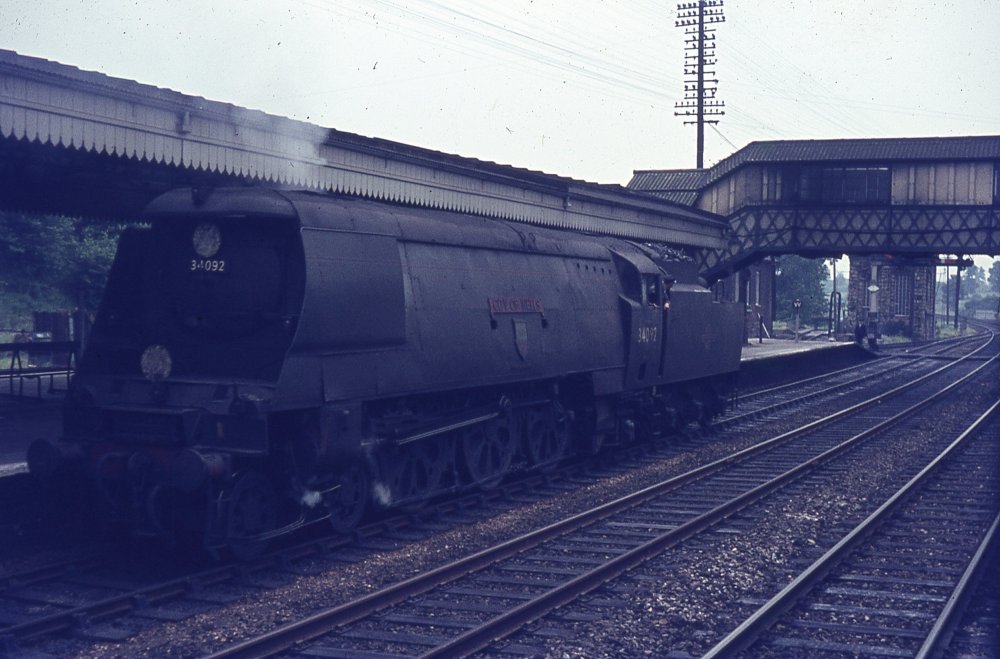
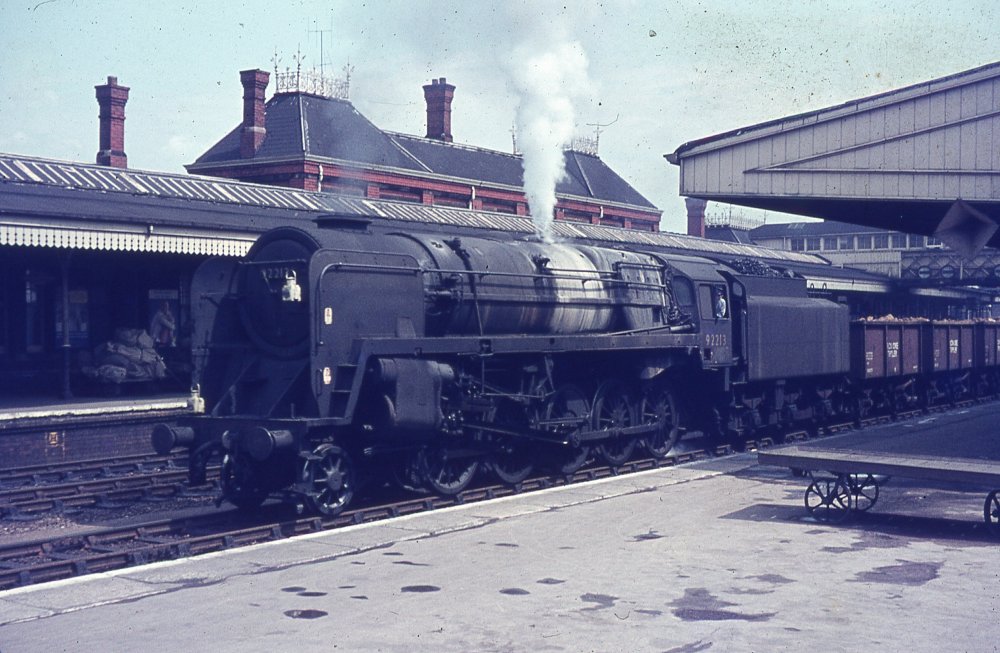
.thumb.jpg.78a581621ea004ec467476bd80e6a1c8.jpg)

